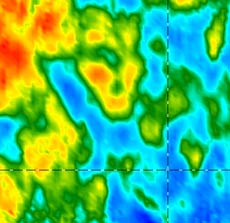Quality/Failure Analysis
Real or perceived quality issues can quickly damage a product and/or company's reputation. The faster a problem is identified, characterized and solved, the less the impact.
Case Study

The Problem
During the busiest sale season of the year, a manufacturer of a luxury item began to see failures in a critical plastic part of their product.
The Approach
This complex plastics failure was diagnosed by using a number of techniques that measured both physical and chemical properties. Durometer measurements determined the hardness of the polymer. Thermogravimetric Analysis (TGA) characterized the weight loss with increasing temperature, and Differential Scanning Calorimetry (DSC) was used to measure heat flow and crystallinity. Optical Microscopy (OM) provided a visual record of the failures, and Fourier Transform Infrared Spectroscopy Imaging (FTIRI) showed changes in chemistry across the sample.
The Results
Analysis using a combination of all the referenced techniques found no significant differences between good samples and bad samples on a macro scale. But on a micro scale, analysis showed that the plastic chemistry was significantly different in the failed areas of “bad” samples compared to good areas of the same samples. Based on an understanding of the materials and use conditions through our close communications with the manufacturer, we were able to determine that the material was incompatible with some of the use environments and scenarios. The client subsequently selected more use-appropriate materials for those items.
